8 SEO Mistakes Your Blog is Making
Blogs are an indispensable method for expressing ideas, sharing stories, and connecting with audiences worldwide. But they also have a vital role in boosting your website’s SEO.
It can be easy to fall into common traps when you first start writing for SEO, but the
SEO Team at
Infoserve are eager to help you avoid these at all costs. That’s why we’ve outlined these 8 SEO mistakes your blog is making and exactly how you can right them.
1. Being too specific with your topic
One of the biggest mistakes that companies make when planning blogs for SEO is being narrow minded about their topics. A blog shouldn’t simply be a newsletter but likewise should avoid being too broad, but meeting somewhere in the middle can feel like a tricky task.
However, sticking to blog content that only talks about what you do specifically isn’t going to work.
Your blog acts as an avenue to bring in new customers through keywords and phrases that wouldn't otherwise appear on your website.
For example, if you were a wedding photographer, it can be tempting to create blogs that focus around photography. These could be
‘how to find a wedding photographer’ or ‘how much do wedding photographers cost?’
Whilst these are excellent questions to answer in blogs, you should think more widely about what your customer wants in order to indirectly bring them to you.
In this instance, people who look for wedding photographers are planning a wedding, so what other pieces of advice will they need? You could look at creating blogs that surround weddings abroad, how to create the perfect wedding aesthetic or artisan wedding venues in your area.
2. Writing for search engines, not people
When you first start writing content for SEO, it can be easy to muddle yourself up in keywords, linking strategies and industry jargon to demonstrate to Google that you know what you’re talking about. But this is entirely the wrong approach.
It is important to keep in mind that Google’s primary goal is to provide the best experience for its users. If you are creating content that is obviously not user-friendly, you will be penalised for it.
However, this is not the only reason why keeping your audience at the forefront of content is so vital:
Getting people to your page is only the first step. Google not only includes CTR (click through rate) and content quality as a ranking factor, it puts a heavy amount of weight on how long users are spending on your page.
This is because if your content doesn’t keep people’s attention and they click off within seconds, search engines will insinuate that it isn’t useful to them, and it will promote another piece of content that is.
Match your searcher’s intent.

3. Unoptimised structure
Correct blog structure helps Google to more easily crawl your content and identify what it’s about, as well as giving your user small text chunks to digest.
Think about a time when you’ve opened a website and been immediately faced with a long paragraph of text - they’re difficult to focus on, aren’t they? From these, you don’t always find the information you’re looking for straight away either.
This is why it’s so important to banish the ‘I’ve got my point across and included keywords so it’s okay’ mentality, and really think about how you’re structuring your content.
Try to include the following elements to create digestible content chunks:
- Headings and subheadings
- Bulleted lists
- Numbered lists
- Short paragraphs: 2-3 sentences
4. Stuffing keywords
Content can and does rank for multiple keywords, but this doesn’t mean it’s your job to shove as many as you can into a single blog article.
Once you have located your primary keyword, make sure that everything you write within the blog is in service of that keyword. Answer the question in depth, but avoid detouring too much for the sole purpose of fitting more keywords in.
Likewise, using your keyword repetitively can get your content flagged as spam.
5. Copying another website’s content
We all know piracy is wrong, but there can still be a temptation to copy the format and a few sentences from another website where you find the information. This is a big no.
Unless you are directly quoting and giving credit, you need to find a way to phrase the information that is more suited to your brand. This can come naturally when you correlate brand tone of voice with your overall company image.
Content doesn’t need to be entirely original, but it shouldn’t be copied either. Try to find the balance in between in order to engage your audience.

6. Ignoring technical SEO
Whilst blogging for SEO purposes is a content heavy job, there are also various other elements that play a vital role in creating an easily crawlable piece of content. They might seem complex at first, but if you’ve sought the help of a professional SEO expert, or use a website editor then these things can be made very simple.
Platforms like Shopify, Duda and Wordpress all include cues that allow you to include and optimise the following elements:
- Alt text: Text that describes an image to help Google and screen readers understand its contents.
- Anchor text: Also known as ‘link text’, this is a piece of text in the code of your website that tells screen readers what to read out when scanning a text link. For example, if you were linking to the Infoserve home page, your anchor text would say ‘Infoserve’ which is more legible than the URL.
7. Leaving old content alone
You may have heard that it takes around 6 months for content to begin ranking which means it ages like fine wine, right?
Well, that’s not entirely true.
Unlike wine that should be left until consumed, SEO content requires regular maintenance.
Some content can stay strong for extended periods of time, but older content that isn’t doing so well will continue to drop down the rankings, thus bringing your overall website down.
However, there are many benefits to updating old content. It might seem like a lazy tactic, but it actually saves you time and helps you adapt to the ever changing search engine landscape. Our blog,
How to Identify and Update Outdated Content can help you pick out which content to update and how to make it bounce back up the ratings.
8. Avoidance of link building
Internal links that send users elsewhere on your site are just as important as building a backlink strategy for several reasons:
- They help Google understand how the content relates to your product/service
- They increase user’s time on website
- They prove authority of any included quotes or information taken from another source
- They help users navigate to relevant pages
Not sure where to start?
At
Infoserve, our
SEO and content writing team work closely together to update, refresh and rework your website’s content to improve your search visibility. If you’re interested in discovering what we can do for your business, please feel free to
contact us today.













